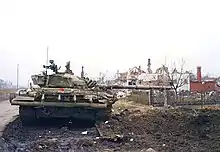.svg.png.webp)
Introduction
The military history of Europe refers to the history of warfare on the European continent. From the beginning of the modern era to the second half of the 20th century, European militaries possessed a significant technological advantage, allowing its states to pursue policies of expansionism and colonization until the Cold War period. European militaries in between the fifteenth century and the modern period were able to conquer or subjugate almost every other nation in the world. Since the end of the Cold War, the European security environment has been characterized by structural dominance of the United States through its NATO commitments to the defense of Europe, as European states have sought to reap the 'peace dividend' occasioned by the end of the Cold War and reduce defense expenditures. European militaries now mostly undertake power projection missions outside the European continent. Recent military conflicts involving European nations include the 2001 War in Afghanistan, the 2003 War in Iraq, the 2011 NATO Campaign in Libya, and various other engagements in the Balkan and on the African continent. After 2014, the Russian annexation of Crimea and the ongoing Russo-Ukrainian War prompted renewed scholarly interest into European military affairs. For further the context see History of Europe . (Full article...)
Selected article
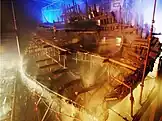
Selected battle
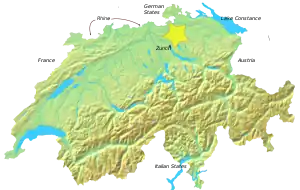
Did you know
- ... that Luftwaffe ace Erich Rudorffer flew more than 1000 missions during World War II, and was shot down sixteen times by enemy flak and fighters?
- ... that, in the ninth century, the fort at Novye Duboviki on the Volkhov River shielded Novgorod from potential attacks by Viking raiders?
- ... that the King's Lines, Queen's Lines and Prince's Lines in Gibraltar were part of a British defensive system that the Spanish called the "Mouth of Fire"?
- ... that, although Kievan Rus was heavily defeated in the Rus'-Byzantine War (1043), hostilities ended with the marriage of Vsevolod I of Kiev to Constantine IX's daughter?
European military history topics
Selected biography

Selected picture
a.jpg.webp)
General images -
Related WikiProjects
| Military history | European Union | Europe |
 |
 |
Subcategories
Related portals
Associated Wikimedia
The following Wikimedia Foundation sister projects provide more on this subject:
-
 Commons
Commons
Free media repository -
 Wikibooks
Wikibooks
Free textbooks and manuals -
 Wikidata
Wikidata
Free knowledge base -
 Wikinews
Wikinews
Free-content news -
 Wikiquote
Wikiquote
Collection of quotations -
 Wikisource
Wikisource
Free-content library -
 Wikiversity
Wikiversity
Free learning tools -
 Wiktionary
Wiktionary
Dictionary and thesaurus
-
 List of all portalsList of all portals
List of all portalsList of all portals -
 The arts portal
The arts portal -
 Biography portal
Biography portal -
 Current events portal
Current events portal -
 Geography portal
Geography portal -
 History portal
History portal -
 Mathematics portal
Mathematics portal -
 Science portal
Science portal -
 Society portal
Society portal -
 Technology portal
Technology portal -
 Random portalRandom portal
Random portalRandom portal -
 WikiProject PortalsWikiProject Portals
WikiProject PortalsWikiProject Portals


.png.webp)

.jpg.webp)
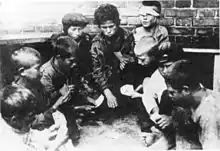
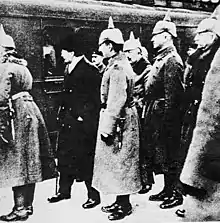
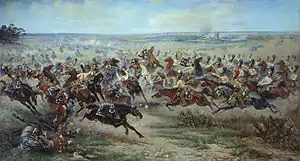
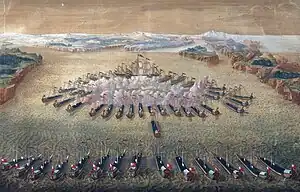
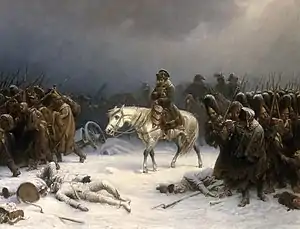
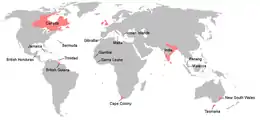
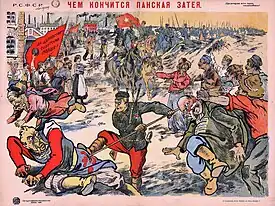
_001.jpg.webp)

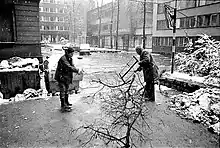
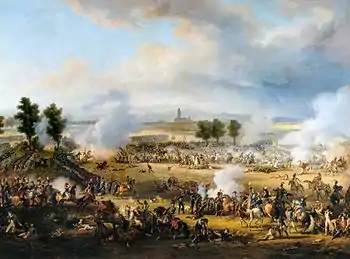
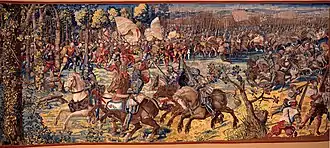

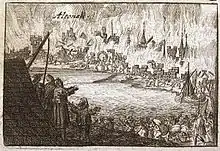
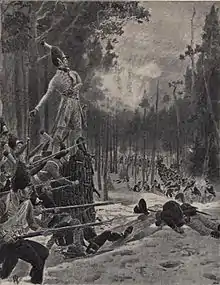
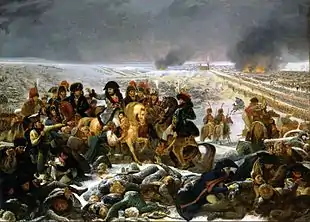
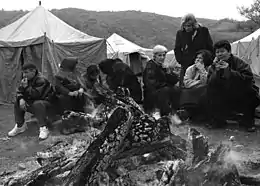
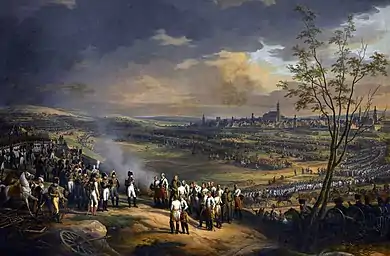
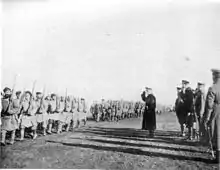

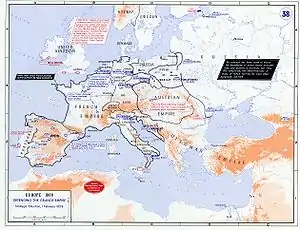
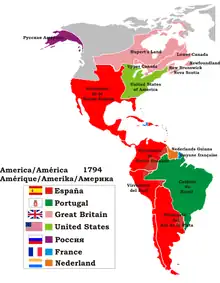

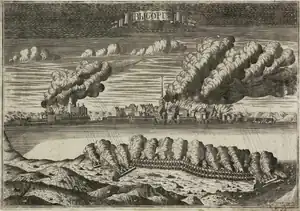
.jpg.webp)
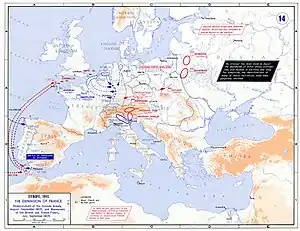
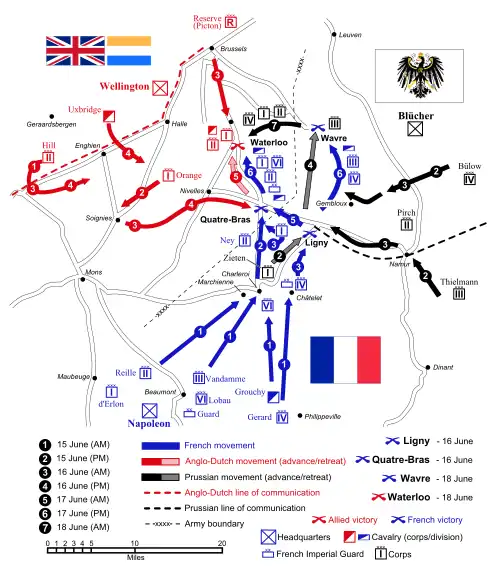
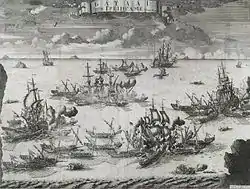
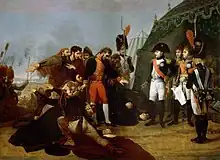
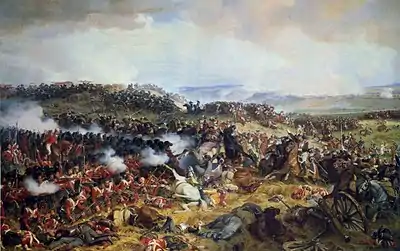
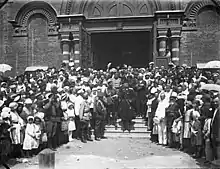

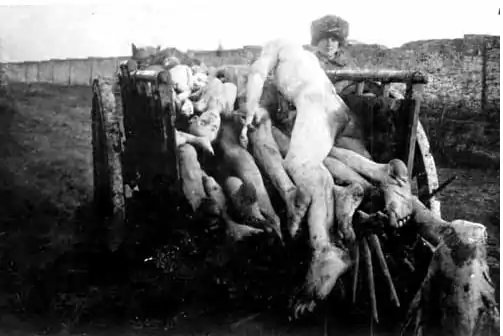



.jpg.webp)
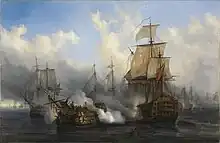
%252C_Russian_revolutionary_(small).jpg.webp)
.svg.png.webp)

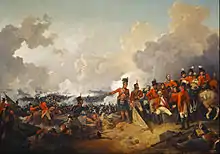
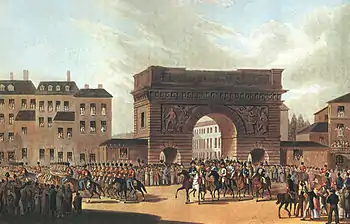
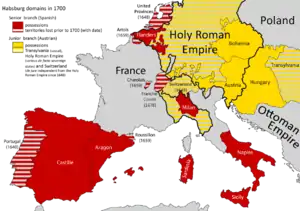
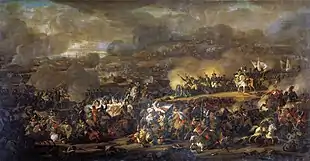
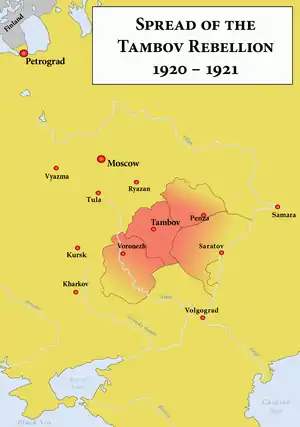

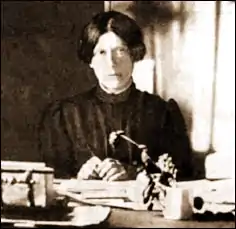


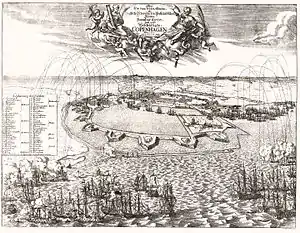



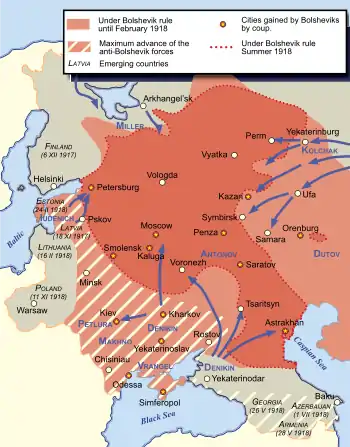

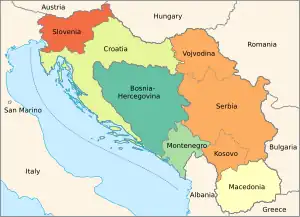
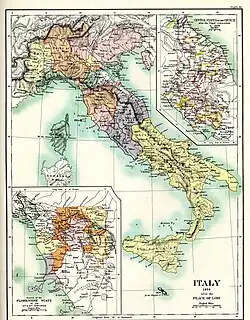
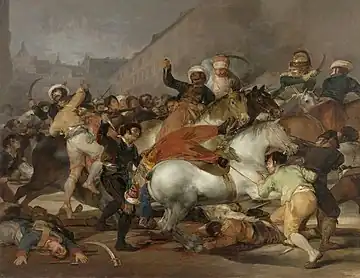
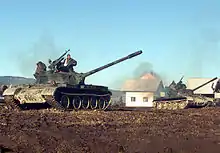

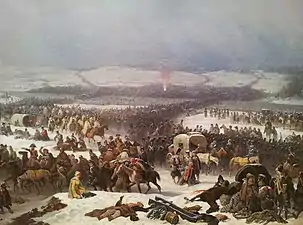
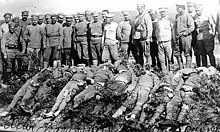
.JPG.webp)
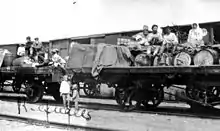
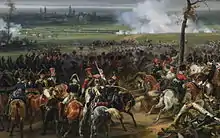

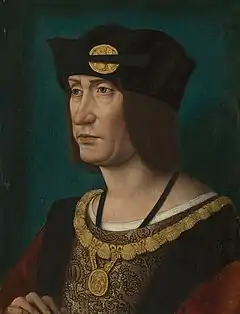
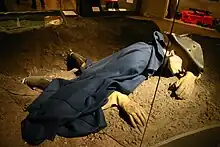
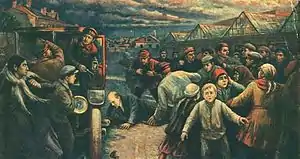

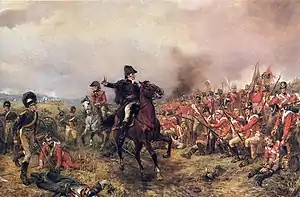

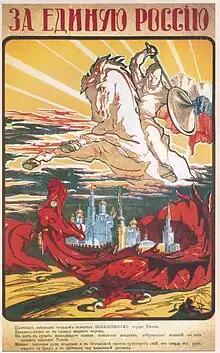
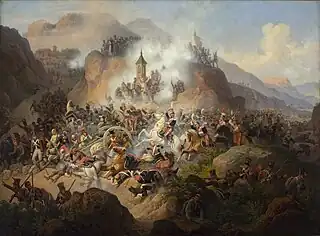
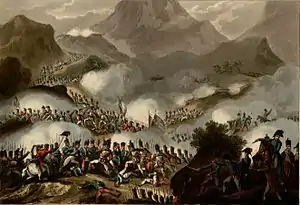
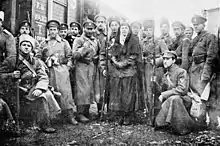

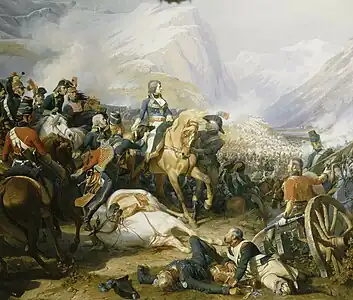
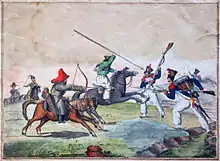
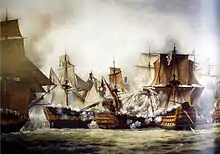
.png.webp)
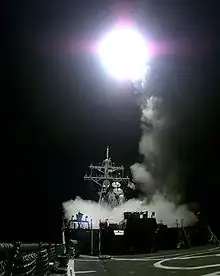
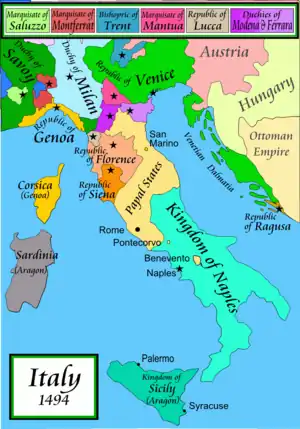




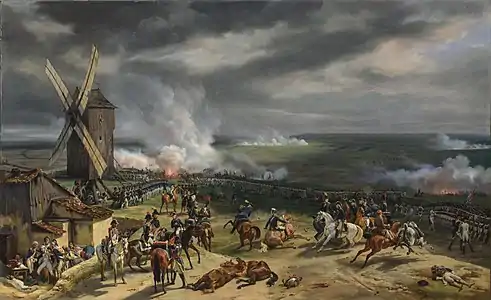
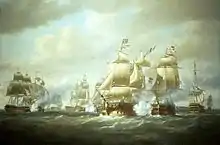

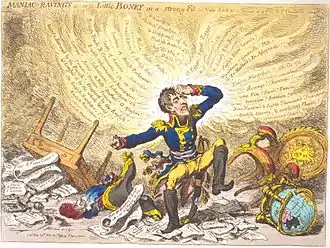
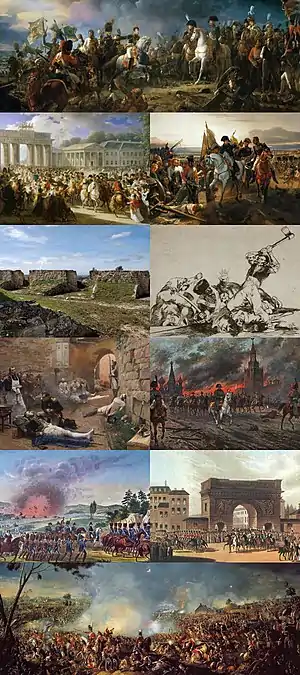
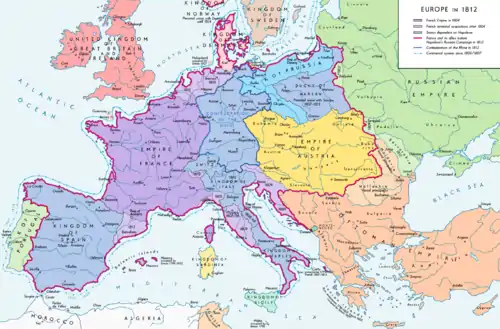

.JPG.webp)
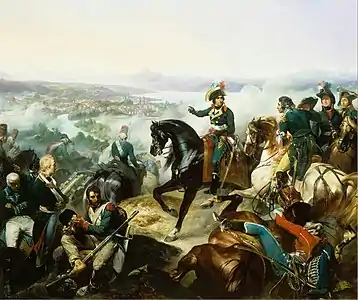
_-_Royal_Collection.jpg.webp)

